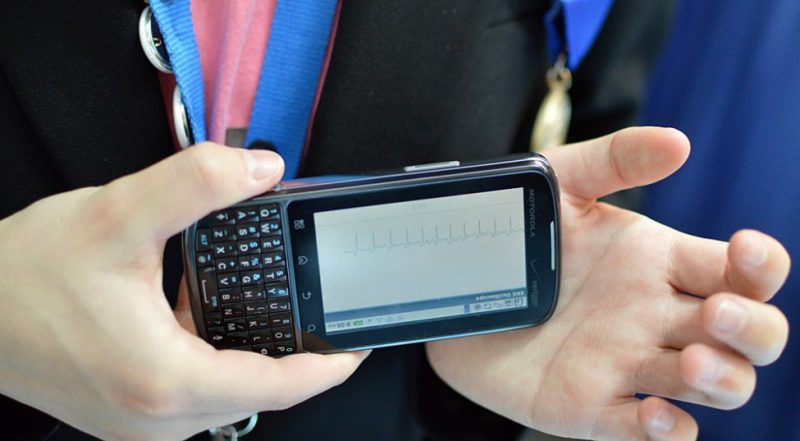Patent advice from teen inventors
How and when to apply for a patent
Share this:
- Share via email (Opens in new window) Email
- Click to share on Facebook (Opens in new window) Facebook
- Click to share on X (Opens in new window) X
- Click to share on Pinterest (Opens in new window) Pinterest
- Click to share on Reddit (Opens in new window) Reddit
- Share to Google Classroom (Opens in new window) Google Classroom
- Click to print (Opens in new window) Print
By Kellyn Betts

Patrick Thornton, SSP
“I would encourage anyone who has created anything to think about seeking a patent because so many things can be patented,” says Catherine Wong. The 17-year-old student at Morristown High School, in New Jersey, advises teen inventors to start with a provisional patent.
John Ritter agrees. “Provisional patents are an inexpensive way to get the process started while you evaluate your invention’s potential,” he says. And as a patent attorney in New Jersey, he should know. He also directs Princeton University’s Office of Technology Licensing.
Catherine also recommends starting with a patent search to determine whether your invention is really something new. Governments issue patents only for something novel, or new. Did someone beat you to it? It’s easy to search for patents online, either through the U.S. Patent and Trademark Office (www.uspto.gov/) or Google (www.google.com/patents) websites.
Applying for a patent may seem scary, but the Patent Office, located outside Washington, D.C., “is really supportive of young students pursuing patents,” notes Alison Dana Bick, 19, who is in her second year at Princeton University in Princeton, N.J. The whole process is educational too. Along the way, she says, “you learn a little bit about law and a little bit about being an inventor.”
One dilemma is figuring out when to apply for a patent. There’s a desire to quickly protect a new idea or invention, says Naomi Chetan Shah, 17, of Sunset High School in Portland, Ore. However, she adds, there can be a benefit to ensuring that your invention is as polished as possible. She recommends first asking professionals in the field for comments and advice on how you might improve it.
Once you do decide patenting is right for you, Catherine advises students to think long and hard before jumping from a provisional patent to a standard one. Taking all of the steps to get a standard patent can prove costly, she says. It also can take a long time.
The Patent Office currently reports having a backlog of nearly 600,000 patent applications to examine. That’s something Bick learned firsthand. The Patent Office didn’t get back with a decision on her patent applications for two and a half years. Only then did the young researcher learn that only part of her device would be patented. With Ritter’s help, she resubmitted her application. Only now, two years into college, has she learned that the Patent Office approved patent protection for her entire invention.
That’s one reason Catherine recommends that before applying for a standard patent, teens ask themselves whether they will still be pursuing the same research in three years’ time. Considering all of the effort and costs that patenting can involve, “You need to be in it for the long run.” So “dream big,” she says, “but also remain grounded about what the reality is.”
Power Words
patent A legal document that gives inventors control over how their inventions — including devices, machines, materials, processes and substances — are made, used and sold for a set period of time. Currently, this is 20 years from the date you first file for the patent. The U.S. government only grants patents to inventions shown to be unique.
patent claim Claims are the part of the patent application where the inventor defines his or her invention for legal purposes.
patent pending Anyone who has filed for a provisional or standard patent can legally say they have a patent pending.
provisional patent A relatively quick, inexpensive and simple initial U.S. patent application that establishes when you initially filed for your patent. You must file for a standard patent before a year is up to fully protect your invention.
royalty A payment made in exchange for the use of a patented invention.
U.S. Patent Office The federal government agency in charge of U.S. patents.







